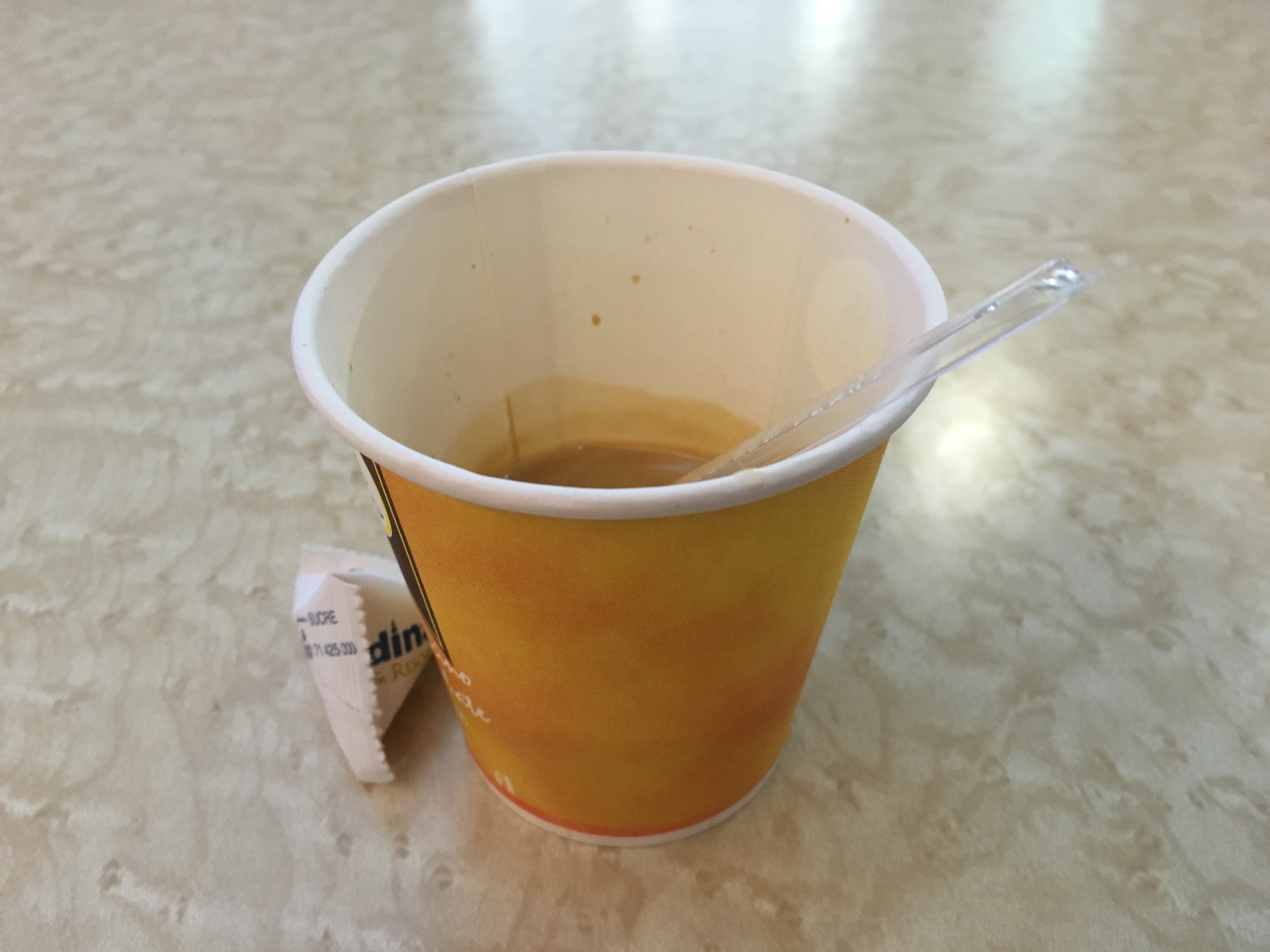The World Telecommunication Standards Assembly (WTSA-16) has entered its final week, and a few Internet-related issues have proven to be particularly challenging for delegates to come to an agreement on – the Digital Object Architecture (DOA), protections for territorial names in generic top-level domains (GTLDs), and the International Telecommunication Regulations (ITRs).
It has become clear that some member states want to see recognition of the DOA and its related Handle System™ in the work of the ITU-T. After all, it has been referenced in no less than 10 resolutions. However, its inclusion has been the subject of significant debates in the ad hoc groups over the weekend.
As the negotiations on the text of the resolutions went into high gear (fueled by countless cups of Tunisian coffee – these negotiations went well into the night), some member states presented the DOA as a secure, stable and effective solution for a variety of applications, including combating counterfeit devices and as a digital management tool for the Internet of Things (IoT).
Others have challenged the explicit inclusion of the DOA in proposals. They say it contradicts the historic technology-neutral position of the ITU. They also raised issues of copyright, patent and licensing related to the technology. By Monday morning, the majority of references to the DOA and the Handle System™ were in square brackets, meaning the ad hoc groups could not come to an agreement for their inclusion. On Monday, these resolutions will go the ITU Working Group 4A for further discussion.
The Internet Society’s delegation has also been closely following a proposal to expand the mandate of the work related to Resolution 47 to include the study of the protection of territorial names in generic top-level domains (GTLDs). Resolution 47 was adopted in 2012 to allow member states to share information about their respective country code top-level domains (ccTLDs), and its expansion has proven to be rather contentious.
In fact, there is also a submission on the table to suppress Resolution 47, along with its proposed amendments. Those opposed to this proposal see issues related to TLDs out-of-scope for the ITU; they see it as something to be addressed within ICANN. Others claim the issue of territorial names protection as an intellectual property one. Therefore, they argue, there are other fora where IP-related issues are resolved, such as the World Trade Organization and the World Intellectual Property Organization.
This is a complex issue, with broad-reaching implications. By Sunday, no agreement had been made in the ad hoc group discussing it. The text will also go to Working Group 4A Monday morning for continued discussion, as will the resolution to suppress it.
The ITU is about to embark on a review of the ITRs, so it was not unexpected that they would be discussed here in Hammamet (it’s worth noting that a meeting to discuss the ITRs that was scheduled for 30 minutes lasted two hours). Some member states would like to see the Telecommunication Standardization Bureau (TSB) and the ITU-T study groups (SGs) be able to provide input into the ITR review, not just member states and sector members. This approach has become a point of debate – other member states oppose the inclusion of the TSB and SGs, arguing that input from member states and sector members will be both sufficient and extensive. Again, this is an issue that had not been resolved by Monday morning, though informal consultations will continue.
It’s unclear what the outcome of these Internet-related issues will be, but with three days left I can say with confidence that the late night discussions will continue.

